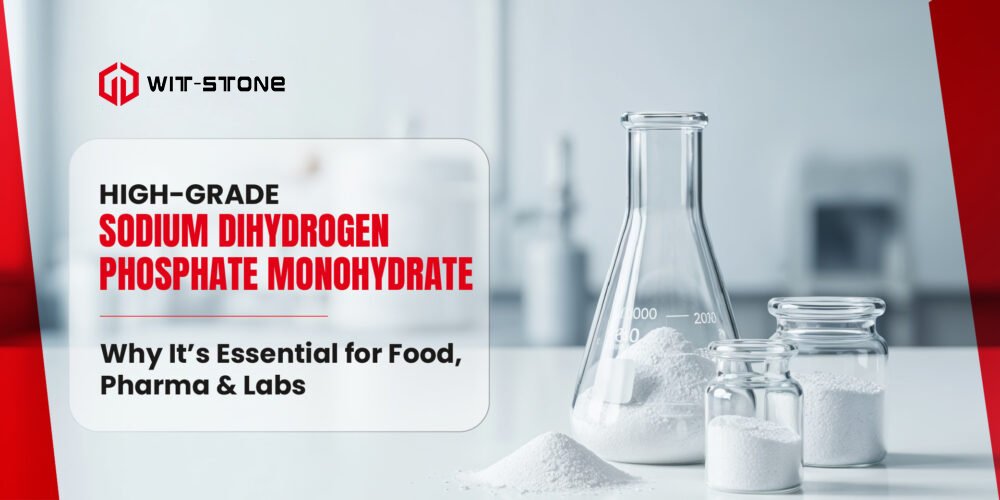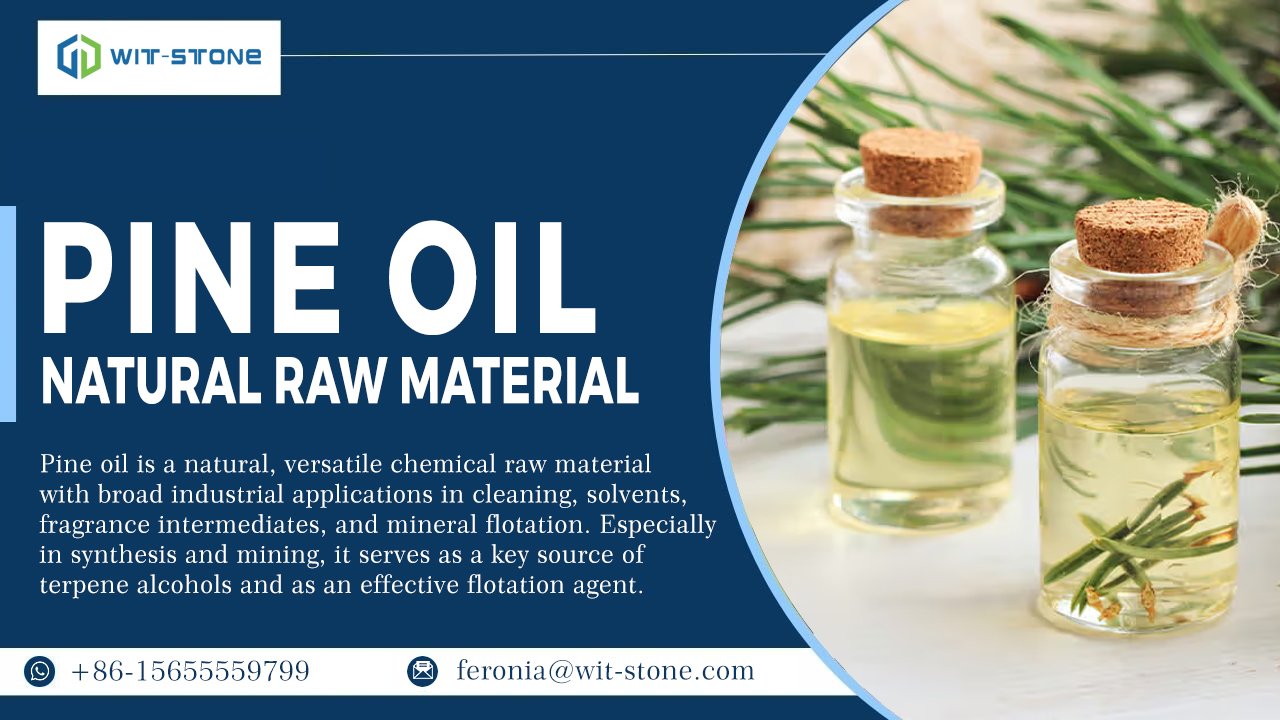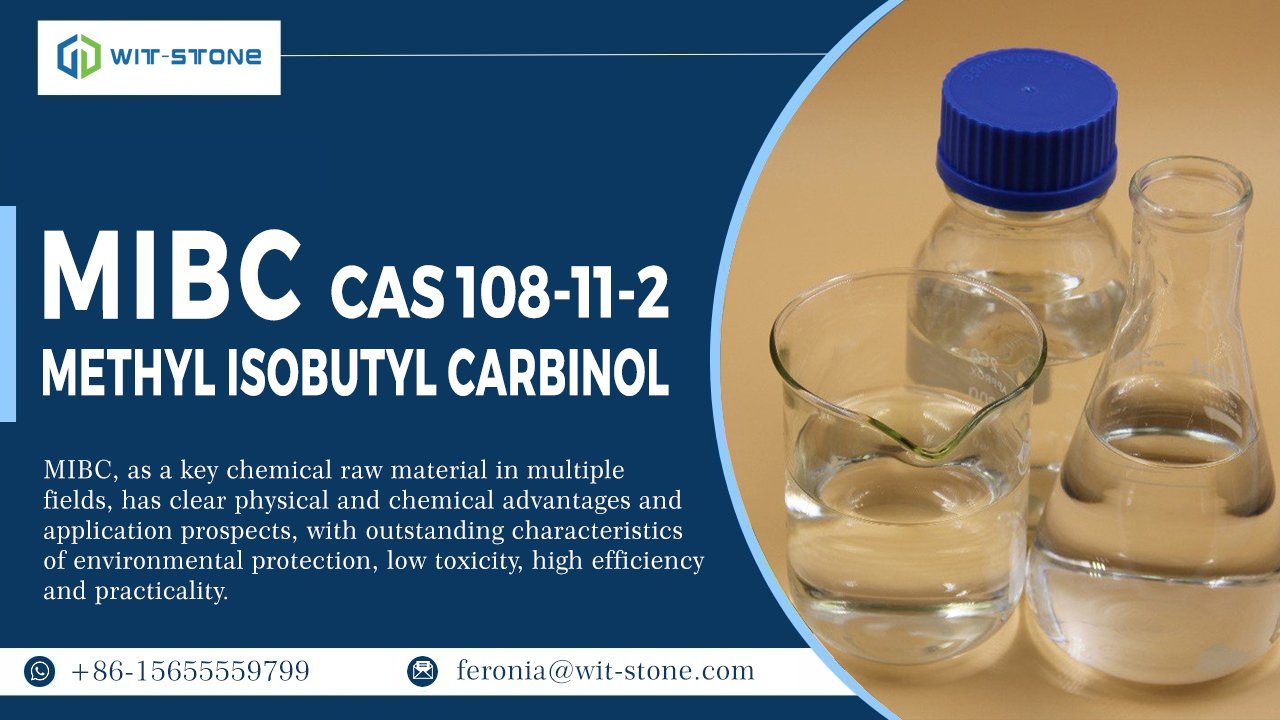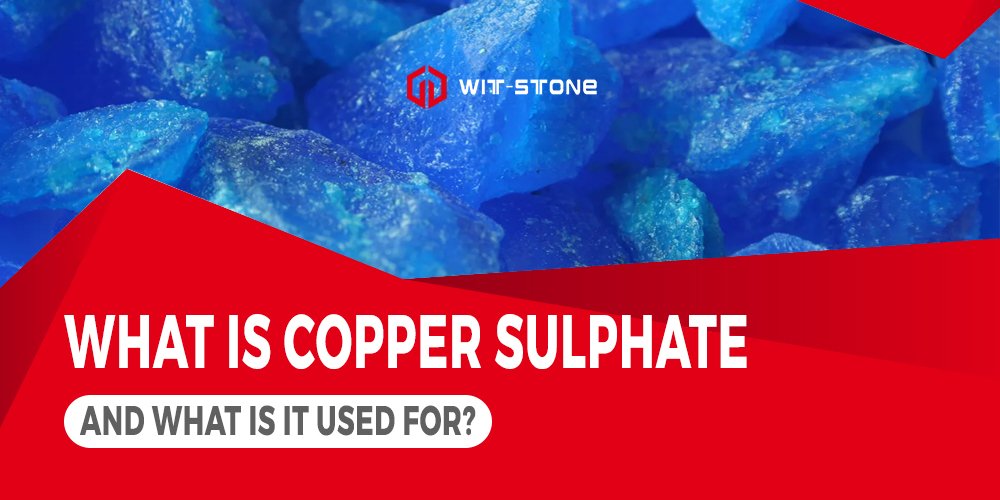High-Grade Sodium Dihydrogen Phosphate Monohydrate: Why It’s Essential for Food, Pharma & Labs
From stabilizing the texture of your favorite processed foods to balancing pH levels in pharmaceutical formulations and laboratory buffers, Sodium Dihydrogen Phosphate plays a quiet yet essential role across various industries. Yet, it’s often overlooked, despite being a behind-the-scenes hero in countless processes. Whether you’re a procurement professional, a quality analyst, or simply curious about the chemicals shaping our world, understanding NaH₂PO₄·H₂O can help you make smarter











